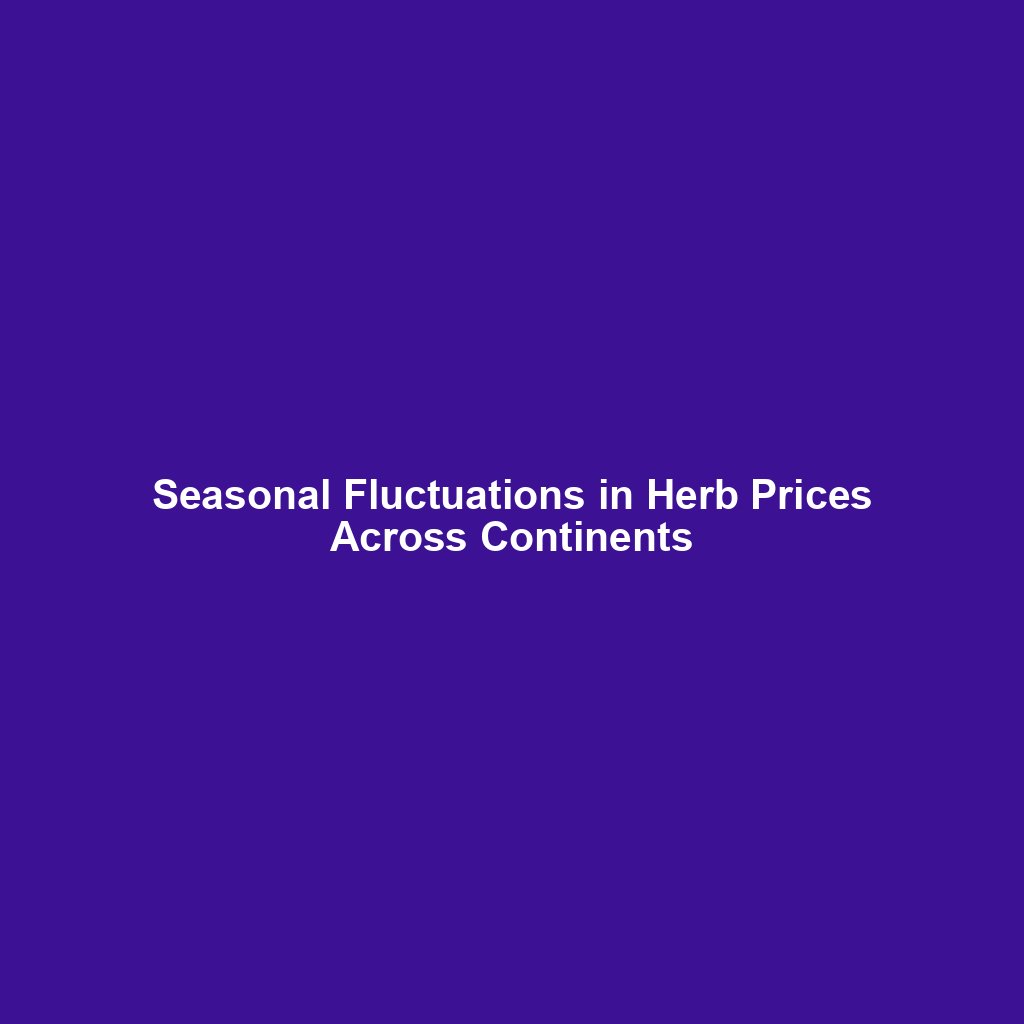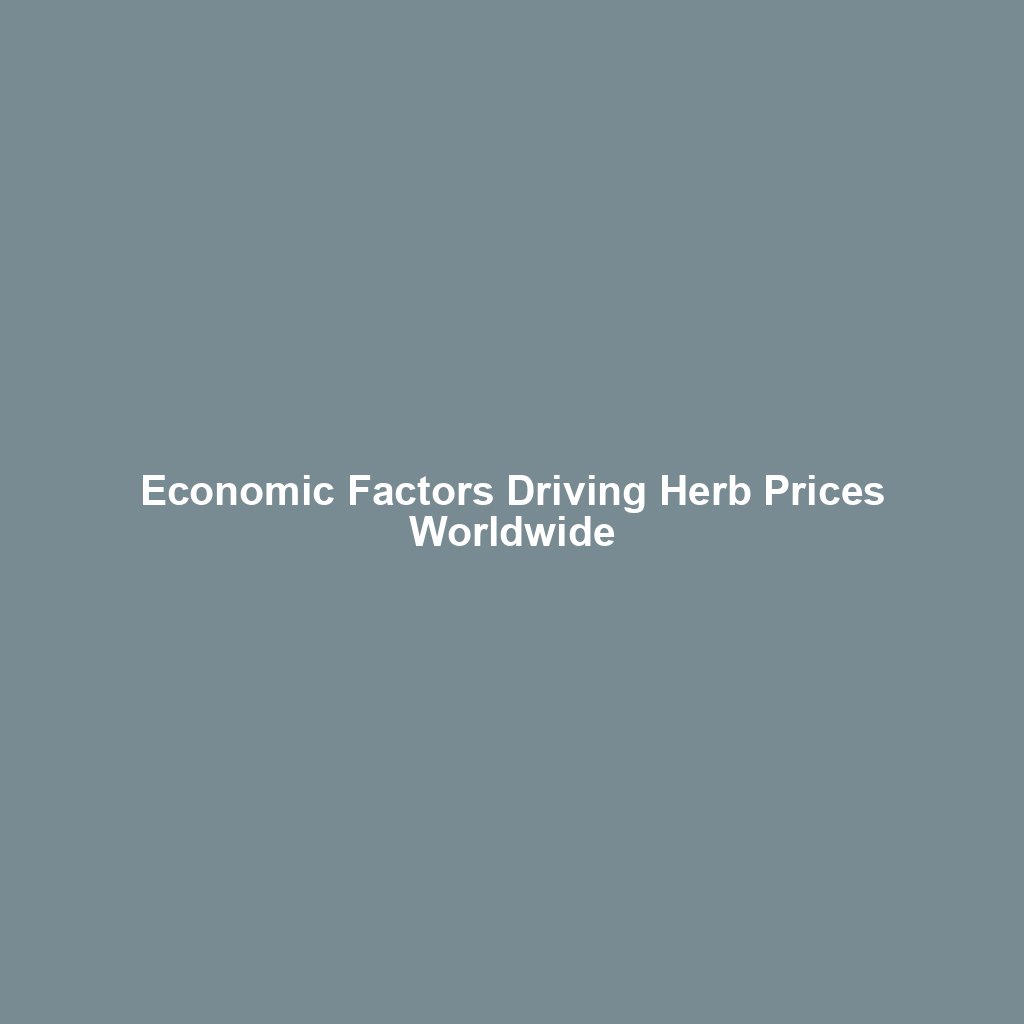
Agriculture and agricultural price analysis are critical components of the global economy, influencing everything from food security to international trade. Understanding the dynamics of agricultural markets and the factors that drive price changes is essential for policymakers, farmers, traders, and consumers alike. This article delves into the intricacies of agriculture and agricultural price analysis, exploring the various elements that impact agricultural prices and the methodologies used to analyze these fluctuations.
The Importance of Agriculture in the Global Economy
Agriculture is the backbone of many economies around the world, providing food, raw materials, and employment to millions of people. It plays a vital role in sustaining livelihoods, ensuring food security, and contributing to economic growth. The agricultural sector encompasses a wide range of activities, including crop production, livestock farming, forestry, and fisheries. Each of these activities has its own unique set of challenges and opportunities, making the analysis of agricultural prices a complex but essential task.
Food Security and Livelihoods
One of the primary reasons agriculture is so important is its role in ensuring food security. A stable and productive agricultural sector can provide a reliable supply of food, reducing the risk of hunger and malnutrition. In many developing countries, agriculture is the main source of income for a significant portion of the population. Smallholder farmers, in particular, rely on agriculture for their livelihoods, making the stability of agricultural prices crucial for their economic well-being.
Economic Growth and Development
Agriculture also contributes to economic growth and development. In many countries, the agricultural sector is a major driver of GDP, export earnings, and employment. The development of agriculture can lead to increased productivity, higher incomes, and improved living standards. Additionally, a thriving agricultural sector can stimulate growth in other areas of the economy, such as manufacturing and services, through forward and backward linkages.
Factors Influencing Agricultural Prices
Agricultural prices are influenced by a multitude of factors, ranging from weather conditions and pest outbreaks to government policies and global market trends. Understanding these factors is essential for accurate agricultural price analysis and effective decision-making.
Supply and Demand Dynamics
The most fundamental factors affecting agricultural prices are supply and demand dynamics. When the supply of a particular agricultural commodity exceeds demand, prices tend to fall. Conversely, when demand outstrips supply, prices rise. Several factors can influence supply and demand, including:
- Weather Conditions: Weather plays a crucial role in agricultural production. Droughts, floods, and other extreme weather events can significantly impact crop yields and livestock production, leading to supply shortages and price increases.
- Pest and Disease Outbreaks: Pests and diseases can devastate crops and livestock, reducing supply and driving up prices. Effective pest and disease management is essential for maintaining stable agricultural prices.
- Technological Advancements: Advances in agricultural technology, such as improved seeds, fertilizers, and irrigation systems, can increase productivity and supply, helping to stabilize prices.
- Consumer Preferences: Changes in consumer preferences and dietary habits can affect demand for certain agricultural products. For example, a shift towards plant-based diets can increase demand for fruits, vegetables, and legumes, impacting their prices.
Government Policies and Interventions
Government policies and interventions can also have a significant impact on agricultural prices. These can include:
- Subsidies and Support Programs: Governments often provide subsidies and support programs to farmers to stabilize incomes and ensure food security. These interventions can influence production levels and prices.
- Trade Policies: Tariffs, quotas, and trade agreements can affect the flow of agricultural commodities between countries, influencing global prices. For example, import restrictions can lead to higher domestic prices, while export subsidies can lower prices in international markets.
- Price Controls: Some governments implement price controls to protect consumers from high food prices or to support farmers during periods of low prices. While these measures can provide short-term relief, they can also distort market signals and lead to inefficiencies.
Global Market Trends
Global market trends, such as changes in oil prices, currency fluctuations, and economic growth rates, can also impact agricultural prices. For example:
- Oil Prices: Oil prices can influence agricultural prices through their impact on production costs. Higher oil prices can increase the cost of inputs such as fuel, fertilizers, and transportation, leading to higher agricultural prices.
- Currency Fluctuations: Exchange rate movements can affect the competitiveness of agricultural exports and imports. A weaker currency can make a country’s agricultural products more competitive in international markets, boosting demand and prices.
- Economic Growth: Economic growth in major markets can drive demand for agricultural products, influencing prices. For example, rising incomes in emerging economies can lead to increased consumption of meat, dairy, and other high-value agricultural products.
Methods of Agricultural Price Analysis
Analyzing agricultural prices requires a combination of quantitative and qualitative methods to understand the complex interplay of factors influencing prices. Some of the key methods used in agricultural price analysis include:
Time Series Analysis
Time series analysis involves examining historical price data to identify trends, patterns, and seasonal variations. This method can help analysts understand how prices have evolved over time and make predictions about future price movements. Key techniques used in time series analysis include:
- Moving Averages: Moving averages smooth out short-term fluctuations in price data, making it easier to identify long-term trends.
- Seasonal Decomposition: Seasonal decomposition separates price data into trend, seasonal, and irregular components, helping analysts understand the underlying drivers of price changes.
- Autoregressive Integrated Moving Average (ARIMA): ARIMA models are used to forecast future prices based on past price data. These models can account for trends, seasonality, and autocorrelation in the data.
Econometric Modeling
Econometric modeling involves using statistical techniques to quantify the relationships between agricultural prices and various explanatory variables. These models can help analysts understand the impact of different factors on prices and make informed predictions. Common econometric models used in agricultural price analysis include:
- Linear Regression: Linear regression models estimate the relationship between a dependent variable (e.g., agricultural prices) and one or more independent variables (e.g., weather conditions, input costs).
- Vector Autoregression (VAR): VAR models capture the interdependencies between multiple time series variables, allowing analysts to understand how changes in one variable affect others.
- Cointegration Analysis: Cointegration analysis is used to identify long-term equilibrium relationships between variables, helping analysts understand how prices adjust to changes in supply and demand factors over time.
Market Intelligence and Qualitative Analysis
In addition to quantitative methods, market intelligence and qualitative analysis play a crucial role in agricultural price analysis. This involves gathering information from various sources, such as market reports, expert opinions, and field observations, to gain insights into market conditions and potential price drivers. Key aspects of qualitative analysis include:
- Supply Chain Analysis: Understanding the structure and dynamics of agricultural supply chains can help analysts identify potential bottlenecks and disruptions that could impact prices.
- Policy Analysis: Analyzing government policies and their potential impact on agricultural markets can provide valuable insights into future price movements.
- Stakeholder Consultations: Engaging with farmers, traders, processors, and other stakeholders can provide firsthand information on market conditions and emerging trends.
Challenges in Agricultural Price Analysis
While agricultural price analysis is essential for informed decision-making, it is not without its challenges. Some of the key challenges faced by analysts include:
Data Availability and Quality
Accurate and timely data is crucial for effective agricultural price analysis. However, data availability and quality can vary significantly across regions and commodities. In some cases, data may be incomplete, outdated, or inconsistent, making it difficult to draw reliable conclusions. Improving data collection and reporting systems is essential for enhancing the accuracy of agricultural price analysis.
Complexity and Uncertainty
Agricultural markets are influenced by a wide range of factors, many of which are interrelated and subject to uncertainty. This complexity makes it challenging to isolate the impact of individual factors on prices and predict future price movements with confidence. Analysts must be prepared to deal with uncertainty and consider multiple scenarios in their analysis.
Policy and Market Interventions
Government policies and market interventions can introduce additional complexity into agricultural price analysis. While these interventions are often aimed at stabilizing prices and supporting farmers, they can also distort market signals and create unintended consequences. Analysts must carefully consider the potential impact of policy changes and market interventions in their analysis.
Conclusion
Agriculture and agricultural price analysis are critical for ensuring food security, supporting livelihoods, and promoting economic growth. By understanding the factors that influence agricultural prices and employing robust analytical methods, stakeholders can make informed decisions and navigate the complexities of agricultural markets. Despite the challenges, continued efforts to improve data quality, enhance analytical techniques, and consider the broader context of agricultural markets will be essential for effective agricultural price analysis in the future.



